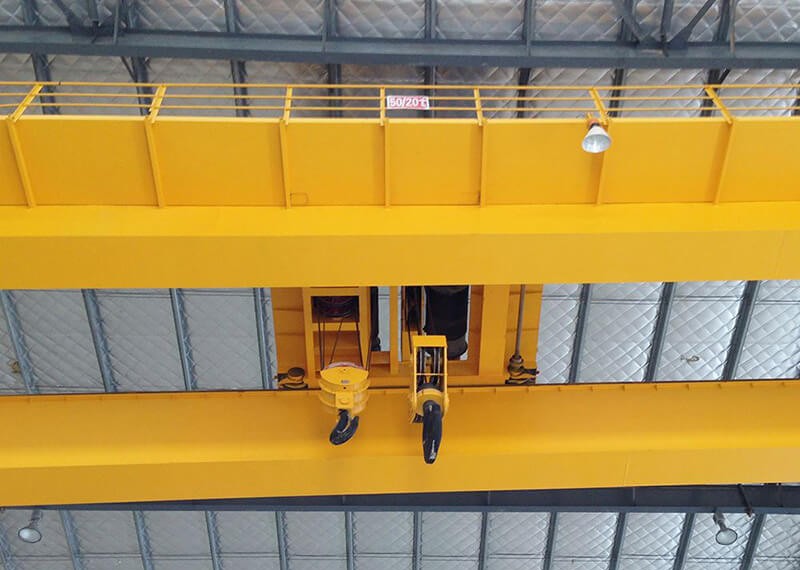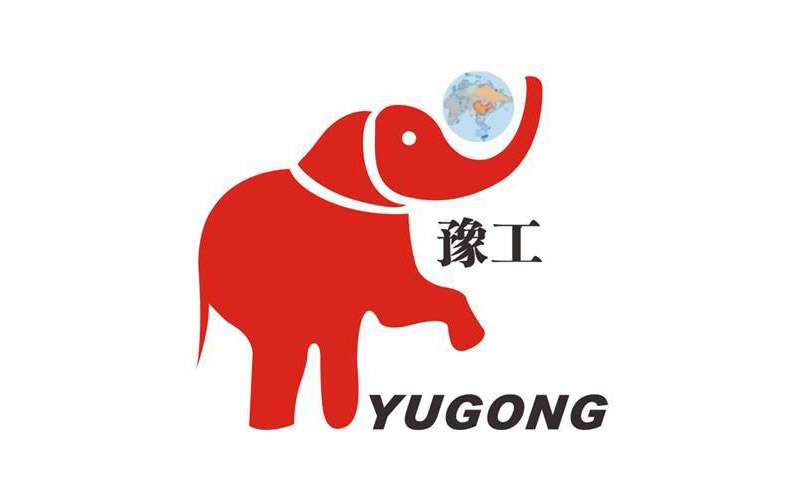
What are the safety precautions for using bridge cranes
Overhead cranes are mechanical equipment that is horizontally erected above workshops, warehouses and open-air storage markets to lift various objects. They are usually referred to as "crane" or "traveling cranes". It is the most widely used hoisting machinery in the machinery industry, metallurgical industry and chemical industry. In modern industrial enterprises, it is one of the important equipment to realize the mechanization and automation of the production process, reduce heavy physical labor, and improve production efficiency. Pay attention to the following safety items when using bridge cranes:
(1) The driving must be in a normal state, especially the safety devices, such as the sound and light of the brake machine, signals, interlocking devices, etc., must be sensitive and intact.
(2) Operators should concentrate their energy during the work, first idling before lifting, and then lifting, the lifting object is 100~150mm off the ground; if it is found that the lifting object is not tightly tied, it should be tied again. The signal bell should be sounded before driving; hanging objects must not pass over people's heads. When the crane is moving, it is strictly forbidden to repair, inspect, refuel and wipe the parts. If a malfunction is found during operation, it must be stopped immediately.
(3) When the work is terminated, the crane should be parked on the train line, and the hook should be raised in place. No heavy objects should be hung on the hook. Put all the controls and joysticks to the zero position, pull down the power switch, and lock the cab door.
(4) Bridge cranes must be equipped with reliable and sensitive safety devices. Generally, there are buffers, limiters (stroke limiter, lifting limiter), lifting limiter, windproof rail clamp, etc.
(5) The housing of all live parts of the crane should be reliably grounded to avoid accidental electric shock accidents by the operator. When the trolley track is not welded to the main beam, welding grounding should also be adopted, and the step-down transformer should be grounded on the low-voltage side as required.
(6) Bridge cranes shall not be lifted under the following conditions:
a) Unmanned command or unclear command signal.
b) The driving equipment is defective or the safety device fails.
c) The load is lifted or the quality of the equipment is unclear.
d) People stand on or under the lifting objects and use crane hooks to lift people.
e) The light is dark and the vision is unclear.
f) The hoisting object has sharp edges and corners and is obliquely pulled and no safety measures have been taken.


